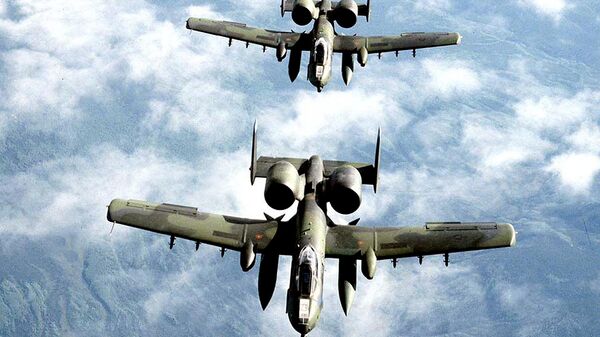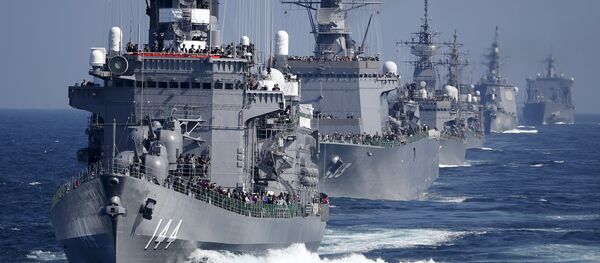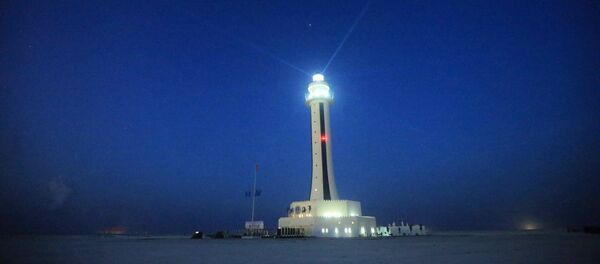In 1992, all permanent US military bases in the Philippines were closed. Last month, Washington and Manila reversed that decision, formalizing a controversial defense pact that allows US forces to operate from five military bases within the Pacific country.
Under that agreement, the Pentagon plans to station a number of warplanes, staff, and commandos in the Philippines, after the conclusion of the annual Balikatan war games, held this month.
"They will continue joint training and conduct flight operations in the area, including the South China Sea, and lay the foundation for joint air patrols to complement ongoing air patrols," US Defense Secretary Ashton Carter told reporters on Thursday.
"We’ll do this on a regular basis."
The units will include five A-10C Thunderbolt aircraft, three HH-60G Pave Hawk helicopters, and an MC-130H special operations aircraft. At least 200 American troops will also remain in the Philippines.
Another 75 Marines will remain as part of a "command and control center made up of American personnel," Carter said.
"With these steps, we are making our strong alliance even stronger. Efforts to do more demonstrate America’s unbreakable commitment to the defense of this nation, and the security and stability of the Asia-Pacific."
Both Carter and his Philippines counterpart Voltaire Gazmin have been open about the target of this increased military presence.
"We expect the US presence here to deter uncalled for actions by the Chinese," Gazmin said earlier this month, referring to the joint military exercises.
"In the South China Sea, China’s actions…are causing anxiety and raising regional tensions," Carter said, adding that US troops hope "to tamp down tensions here."
So far, however, the US has only added to these tensions. Washington and its Pacific allies object to Beijing’s construction of artificial islands in the Spratly archipelago, while China maintains it has every right to build within its own territory.
In a show of protest, the US Navy has conducted provocative patrols within the 12-mile territorial limits of the disputed islands and flown surveillance planes through Chinese airspace.
A highly contested region through which roughly $5 trillion in international trade passes annually, China lays claim to most of the waterway, though there are overlapping claims by Brunei, Taiwan, Vietnam, Indonesia, and the Philippines.
The United States has no territorial claims in the region.
The military escalation could only be beginning. Speaking to reporters, Carter indicated that the Pentagon may pursue access to additional bases in the region.





